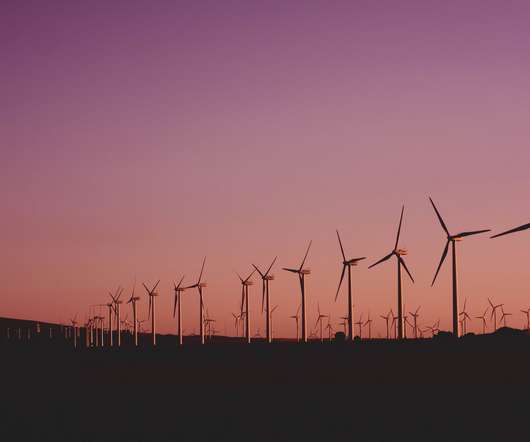Bloomberg NEF forecasts falling battery prices enabling surge in wind and solar to 50% of global generation by 2050
Green Car Congress
JUNE 19, 2018
We see $548 billion being invested in battery capacity by 2050, two thirds of that at the grid level and one third installed behind-the-meter by households and businesses. The result will be renewables eating up more and more of the existing market for coal, gas and nuclear. Coal emerges as the biggest loser in the long run.





























Let's personalize your content